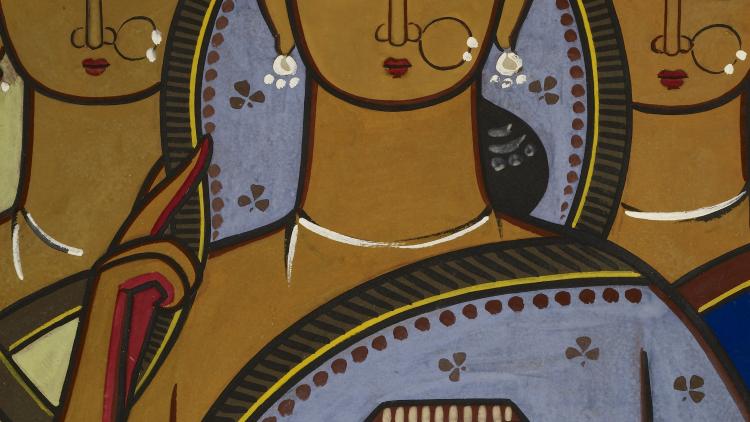Madagascar

Key information
About this event
A photographic exhibition by Ray Massey
6 July - 23 September 2005
Madagascar is the world's fourth biggest island after Greenland, New Guinea and Borneo and lies in the Indian Ocean off the coast of Mozambique. It includes several much smaller islands. A central chain of high mountains, the Hauts Plateaux, occupies more than half of the main island and is responsible for the marked differences – ethnically, climatically and scenically – between the east and west coasts. The Malagasy are thought to be descendents of Africans and Indonesians who settled the island more than 2,000 years ago.
The narrow strip of lowlands on the east coast, settled from the sixth century by Polynesian seafarers, is largely covered by dense rainforests, whereas the broader west-coast landscape, once covered by dry deciduous forests, is now mostly savannah. The southern tip of the island is semi-desert, with great forests of cactus-like plants. The capital, Antananarivo, is high up in the Hauts Plateaux near the island's centre. Because of its isolation most of its mammals, half its birds, and most of its plants exist nowhere else on earth, there are 3,000 endemic species of butterfly alone.
Poverty and the competition for agricultural land have put pressure on the island's dwindling forests, home to much of Madagascar's unique wildlife. Azafady is a registered UK charity and Malagasy Non-Governmental Organisation, established in 1994, working in southeast Madagascar to alleviate poverty, improve well-being and protect the beautiful unique environment found there. Although founded to protect the environment, Azafady's 'on the ground' work is all about people: their health, their education, their workload and their ability to raise their families and survive alongside the precious forest that they and we so depend upon. More information can be found on Madagascar.co.uk
This exhibition is a selection of photographs taken by Ray Massey while travelling across Madagascar in 2000. Portraying some of the contrasts of landscape and types the island has to offer, the people and some of the unique plants and wildlife found there.
